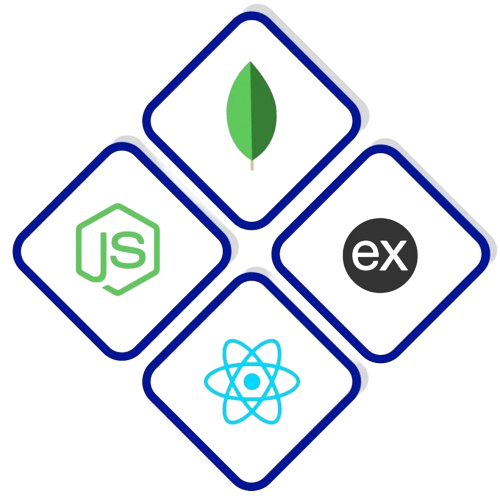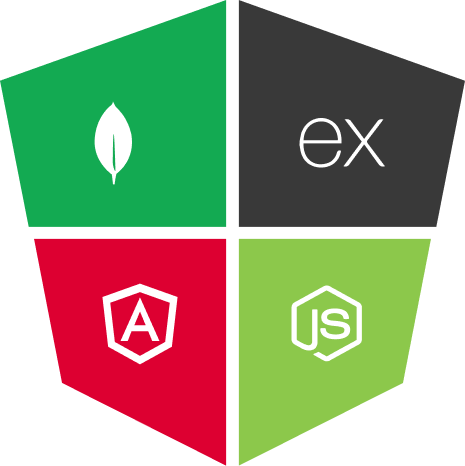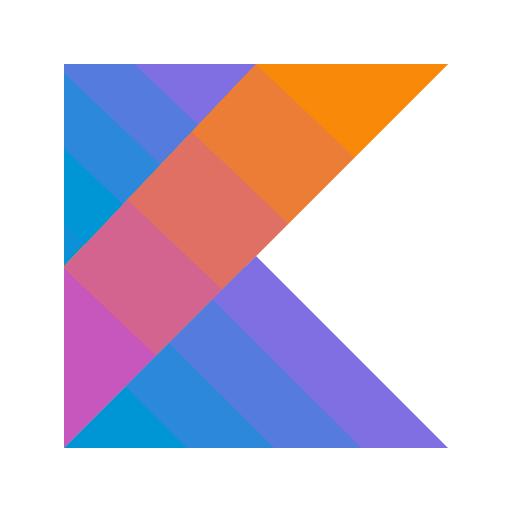Introduction
In 2025, the conversation around automation and customer support is no longer about whether to use AI, but which type of AI offers better outcomes. Businesses today are actively comparing Agentic AI vs Traditional Chatbots to decide which technology delivers the most value. If your business still relies on rule-based bots, you’re already behind the curve.
This expert guide breaks down the 7 most critical differences between traditional chatbots and agentic AI — helping you make an informed, future-ready choice.
1. Cognitive Capabilities: Rule-Based Logic vs Autonomous Reasoning
Traditional chatbots operate using predefined scripts and rule-based logic. They follow a flowchart — if the user says X, respond with Y. While effective for basic queries, this system fails when the conversation goes off-script.
Agentic AI, on the other hand, simulates human-like reasoning. It understands user intent, plans tasks independently, learns from feedback, and adapts in real time. Think of it as a self-operating intern who doesn’t need constant supervision.
Case in point: A fintech startup in Pune replaced its chatbot with an agentic AI assistant, reducing task dropouts by 38% within 45 days.
2. Context Handling: Static Scripts vs Dynamic Memory
Chatbots often struggle with contextual continuity. They forget prior inputs or cannot carry context across sessions.
Agentic AI agents, however, maintain dynamic memory. They can retain context, user preferences, and even re-engage previous tasks intelligently. This is a game-changer for eCommerce, banking, and SaaS platforms where multi-turn dialogue is common.
User query: “Track my last order” —
Chatbot: “Can you please provide the order number?”
Agentic AI: “Sure, your last order was for a wireless mouse on 17th July. Would you like to track it now?”
3. Use Case Flexibility: Limited Scenarios vs Autonomous Task Execution
Traditional bots are good for FAQs, booking forms, or feedback collection. But anything beyond that needs a developer to rewrite logic.
Agentic AI, however, can handle complex workflows — from processing returns to escalating complaints, without any human trigger. It can access APIs, fetch data, and even automate backend tasks.
Example: A logistics firm in Delhi used an agentic AI bot to auto-schedule pickups and notify drivers — saving 5+ hours/week of manual work.
4. Learning Mechanism: Manual Training vs Continuous Improvement
Rule-based chatbots are static. Every improvement requires manual reprogramming, which is costly and time-consuming.
Agentic AI uses reinforcement learning and feedback loops to continuously evolve. It gets smarter with every interaction, just like a human assistant.
This dramatically reduces the need for ongoing development and improves ROI.
According to NASSCOM’s AI Trends 2025, businesses using self-learning AI models reported a 52% improvement in operational efficiency.
5. Human-Like Interaction: Robotic Tone vs Natural Conversation
Legacy bots often sound mechanical or templated, leading to a poor customer experience.
Agentic AI combines LLMs (like GPT-4) with domain-specific logic to deliver fluid, empathetic, and context-aware conversations.
Imagine interacting with a chatbot that understands sarcasm, sentiment, or urgency — that’s Agentic AI in action.
6. Integration & Scalability: Static Systems vs Plug-and-Play APIs
Traditional chatbots require deep integrations and custom workflows for each platform.
Most agentic AI platforms offer no-code or low-code interfaces, prebuilt connectors, and open APIs. This enables faster deployment across web, mobile, WhatsApp, Slack, CRM, or ERP systems.
Startup Tip: SaaS founders can integrate agentic AI into onboarding journeys to cut churn by guiding users dynamically based on usage.
7. Business Impact: Cost Center vs Growth Driver
Traditional chatbots are often seen as a support cost-reduction tool. While they reduce ticket volume, they rarely contribute to revenue.
Agentic AI transforms support into a revenue-generating growth channel. It can cross-sell, upsell, qualify leads, and even guide users to conversion — all in real time.
Real-world ROI: A D2C fashion brand in Bangalore saw a 61% drop in support queries and a 23% lift in cart conversion after deploying an agentic AI assistant.
Final Verdict: What’s Better for Your Business in 2025?
If your goal is simple automation at minimal cost, traditional chatbots might still work. But if you’re aiming for scalable, intelligent, and outcome-driven automation, Agentic AI is the future.
2025 belongs to businesses that don’t just automate — but empower their systems with intelligence and autonomy.








 Wordpress Development
Wordpress Development
 E-Commerce Development
E-Commerce Development
 Laravel Development
Laravel Development
 Webflow Development
Webflow Development
 Wix Development
Wix Development
 React Development
React Development
 Mern Development
Mern Development
 Mean Development
Mean Development
 Bubble Development
Bubble Development
 App Development
App Development





 Search Engine Optimization
Search Engine Optimization
 Content Marketing
Content Marketing
 Social Media Marketing
Social Media Marketing
 Email Marketing
Email Marketing
 Branding & ORM
Branding & ORM
 Analytics & CRO
Analytics & CRO

 Paid Search Advertising
Paid Search Advertising

Social Media Marketing (Organic)
Social Media Strategy
Facebook & Instagram Management
LinkedIn Growth
YouTube Channel Optimization
Community Management